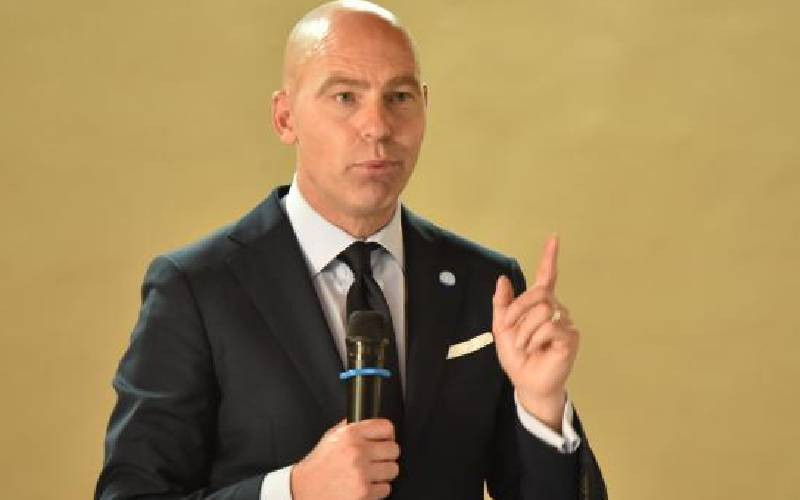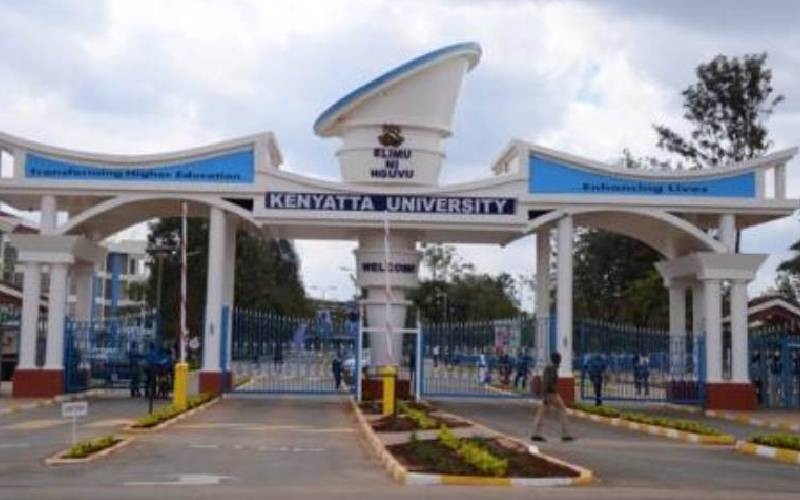The churches no longer run schools as they used to. The sight of white missionaries in school parades is becoming rare.
Beyond representation in the board of management, the church’s role in education seems to be diminishing.
In the period after independence, many schools had missionaries among the staff.
The Catholics were well known for that with orders that had education at their core like Loreto Sisters, Precious Blood or Jesuits for higher education.
The most sought after schools had some missionary connections or foundation. From Alliance High School to Mang’u, St Mary’s Yala and others that have gone off the radar.
The missionary spirit espoused by discipline, religion and constancy to purpose-led to good academic performance.
The missionaries went beyond the call of duty.
They played the long game and wanted a legacy that would outlive them. Perhaps why some like Rev Welch and his wife willed to be buried in a school compound at Alliance where Carey Francis also lies in peace. Geoffrey Griffins is also buried at Starehe Boys Centre Chapel. The missionaries taught the value of work.
And that work comes before leisure is best espoused by the American Protestant work ethics; work is godly.
The missionaries ensured we left school without a vacuum or hollowness in our minds and souls. They tried to give us meaning or purpose in life. Never mind they did that as colonialism reigned.
They lived by example, dedicating their lives to children; some never had children of their own either by choice or as a result of religious vows such as nuns. But their departure set a cascade of events. Once famous schools went off the radar.
Why did the inheritors of the once performing schools run them down? One was that the new leaders had different priorities, they were short-term and money mattered more than academic performance.
We could question the dedication of the school leaders who took over after the missionaries left.
Two, for curious reasons, the missionaries had liberty on how to run schools.
Micromanagement started after they left and has become more widespread.
Stay informed. Subscribe to our newsletter
Remember who is managing the exams now? Three, the communities started “owning schools”, demanding who should be the head teacher or who should be employed. Four, the quota system ensured children remained in their locality.
The reduction in diversity led to the poor performance of once giant schools. Where is St Patrick’s Iten that gave Alliance and Mang’u a run for their money in A level Sciences?
We could add that exam leakages and corruption cases involving some former students of those once-prestigious schools have put a blot on their reputation.
Neglected generation
Which schools will take their place? Will private schools take over from where missionaries left? What will happen to the “neglected generation” between the departure of the missionaries and the rise of current private schools?
We used to laugh at anyone who went to private schools in the past. Could the dysfunction in our institutions be a reflection of this “neglected generation”?
This generation may not be at the top but, they constitute the heart of government and corporations. The generation that grew up under missionaries was conservative, religious, cared for one another and thought inter-generational.
They abhorred self-aggrandisement, set high standards which they aspired to exceed.
They had the missionary zeal to help and were eager to help solve societal problems, even if they never created them.
The private schools will find a whole different generation, more focuses on the self and not society, more about today than tomorrow.
Less self-assured, more dependent on parents and with the feeling of entitlement. They have a deeper feeling of them vs us. They are entombed in social-economic classes.
They are more about self-aggrandisement, hence the popularity of fraud. Without a religious anchor, materialism is a new religion; what you own matters more than your values.
The private schools are unlikely to use religion as their anchor. They can use materialism and other competitors to religion like music, drama and other extracurricular activities to raise the expectations of the next generation.
The hard subjects (read science, technology, engineering, and mathematics) might not be very popular. Kenya’s education system faces the moment of truth. Who will carry the mantle of missionaries? Will the Starehe model become the norm? Will diversity, mixing students from the affluent background with a highly motivated group of students from poor backgrounds make a difference? Private schools attract students whose parents have reached the top of Maslow’s hierarchy of needs.
This makes it hard to motivate the children by association. Cross-pollinating such schools with students from humble backgrounds could do the trick?
Even Harvard does that.
As we try the Starehe model, we must still grapple with what should constitute the heart and soul of a school without religion and missionary zeal.
This philosophical and spiritual drift is a bigger issue in our schools than in buildings and equipment. We have refused to confront it; it’s our moment of truth. Could drugs and other vices be filling this void?
-The writer is an Associate Professor at the University of Nairobi
 The Standard Group Plc is a
multi-media organization with investments in media platforms spanning newspaper
print operations, television, radio broadcasting, digital and online services. The
Standard Group is recognized as a leading multi-media house in Kenya with a key
influence in matters of national and international interest.
The Standard Group Plc is a
multi-media organization with investments in media platforms spanning newspaper
print operations, television, radio broadcasting, digital and online services. The
Standard Group is recognized as a leading multi-media house in Kenya with a key
influence in matters of national and international interest.
 The Standard Group Plc is a
multi-media organization with investments in media platforms spanning newspaper
print operations, television, radio broadcasting, digital and online services. The
Standard Group is recognized as a leading multi-media house in Kenya with a key
influence in matters of national and international interest.
The Standard Group Plc is a
multi-media organization with investments in media platforms spanning newspaper
print operations, television, radio broadcasting, digital and online services. The
Standard Group is recognized as a leading multi-media house in Kenya with a key
influence in matters of national and international interest.









